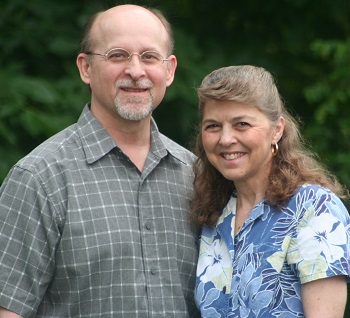Revivals in the Bible
Old Testament Revivals
1700 B.C. Revival Under Jacob
1462 B.C. Revival Under Moses
1372 B.C. Revival Under Joshua
1374 B.C. Revivals in the Book of Judges
1074 B.C. Revival Under Samuel
916 B.C. Revival Under King Asa
879 B.C. Revival Under Elijah
870 B.C. Revival Under Jehoshaphat
767 B.C. Revival at Nineveh Under Jonah
727 B.C. Revival Under King Hezekiah
623 B.C. Revival Under King Josiah
521 B.C. Revival Under Zerubbabel, Haggai, and Zechariah
458 B.C. Revival Under Ezra
432 B.C. Revival Under Nehemiah
New Testament Revivals
26 A.D. Revival Under John the Baptist
27 A.D. Revival Under Jesus and His Disciples
27 A.D. Revival in the Samaritan Village of Sychar
30 A.D. Revival on the Day of Pentecost
31 A.D. Revival in Samaria Under Philip
37 A.D. Revival in Caesarea Under Peter
42 A.D. Revival at Antioch
48 A.D. Revivals During Paul’s 1st Missionary Journey
49 A.D. Revivals During Paul’s 2nd Missionary Journey
53-57 A.D. Revivals During Paul’s 3rd Missionary Journey
As we read through the revivals recorded in the Bible we can quickly see commonalities among them. In his book Revival Fire, Geoff Waugh lists nine similarities among Biblical revivals:
- They occurred in times of moral darkness and national depression.
- Each began in the heart of a consecrated servant of God who became the energizing power behind it.
- Each revival rested on the Word of God, and most were the result of proclaiming God’s Word with power.
- All resulted in a return to the worship of God.
- Each witnessed the destruction of idols where they existed.
- In each revival, there was a recorded separation from sin.
- In every revival the people returned to obeying God’s laws.
- There was a restoration of great joy and gladness.
- Each revival was followed by a period of national prosperity.
We should never have to pray for revival, as the Lord would have us live in a perpetually revived state. The early church (during the New Testament era) lived in continuous revival. The believers were dynamic—although, as the epistles clearly reveal, they were not faultless. That gives us great hope today!
The believers during the New Testament era experienced rapid growth in numbers through the operation of the Holy Spirit—beginning on the Day of Pentecost. On that single day 3,000 were won (Acts 2:41). On another day not long after that another 5,000 joined their ranks (Acts 4:4). After that we read of “great multitudes” that turned to the Lord (Acts 5:14; 6:7; 9:31; 11:21, 11:24; 12:24; 16:5).
Go to Our List of Revival Stories

Chet & Phyllis Swearingen
Missionaries and Revivalists
Beautiful Feet
P.O. Box 915
Auburn, IN 46706
romans1015@outlook.com
Chet: (260) 920-8271
Office: (260) 920-8248
Beautiful Feet
P.O. Box 915
Auburn, IN 46706

